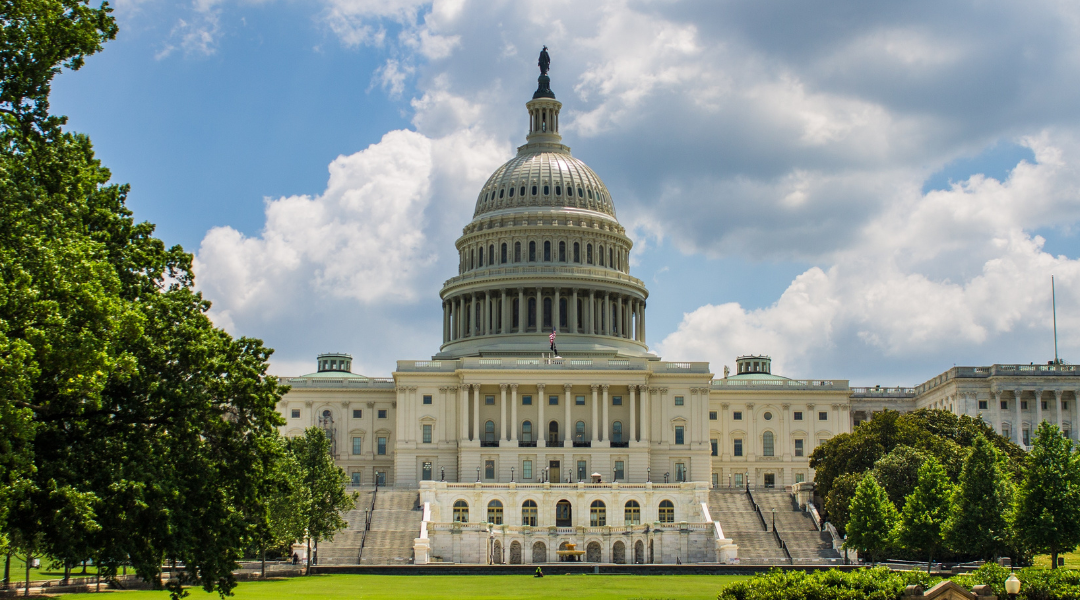It’s official. At the end of last year, President Biden signed the bill that officially greenlit the Setting Every Community Up for Retirement Enhancement Act of 2022—better known as SECURE Act 2.0. This new legislation, which took effect on January 1st of 2023, is the successor to the SECURE Act of 2020. Though both were created to reform the retirement system and help Americans more easily transition into retirement, what are the differences? Here are the key changes employees can expect with SECURE 2.0:
Choosing Between a 401(k), SEP, or SIMPLE Retirement Plan?
Download Your Infographic to Learn the Differences!
Higher RMD Age Requirements and Lower Penalties
As of the beginning of 2023, the new age in which required minimum distributions (RMDs) must be made has increased to 73 and will be raised again to 75 in 2033. Should employees fail to make a withdrawal, the penalty has now been reduced to 25% of the RMD amount not taken or 10% for IRA account owners who promptly withdrawal the designated amount and submit their tax returns. Furthermore, Roth accounts will no longer require RMDs starting in 2024.
Increased Catch-up Contributions
Currently, the maximum catch-up contribution that can be made by those aged 50 years or older is $7,500 for a workplace plan and $1,000 for IRA. SECURE 2.0 changes this to the following:
- Those 60-63 years old may make catch-up contributions up to $10,000 beginning in 2025.
- Catch-up contribution limits for IRAs will be indexed to inflation beginning in 2024.
Matching for Roth Accounts and Student Loan Debt
As of 2023, Roth account holders can receive tax-free matching contributions. Additionally, in 2024, employees making student loan payments can receive matching employer contributions into their retirement accounts.
Emergency Savings for Defined Contribution Plans
In 2024, employees with defined contribution plans will be able to set up an emergency savings account with an annual contribution limit of $2,500, with the first 4 withdrawals being tax- and penalty-free each year.
Expanding Qualified Charitable Distributions
Employees aged 70.5 years or older can submit a one-time gift of up to $50,000—adjusted annually for inflation—as part of their qualified charitable distribution limit. These gifts can be made to a charitable remainder unitrust, annuity trust, or gift annuity.
Are You Prepared for Secure Act 2.0?
Secure Act 2.0 includes exciting new provisions that will allow employees to have more accessible options when saving for retirement. Is your business ready for these changes? Let California Pensions help you navigate the world of retirement saving. Contact us today and let our experienced staff help you plan for the future.





